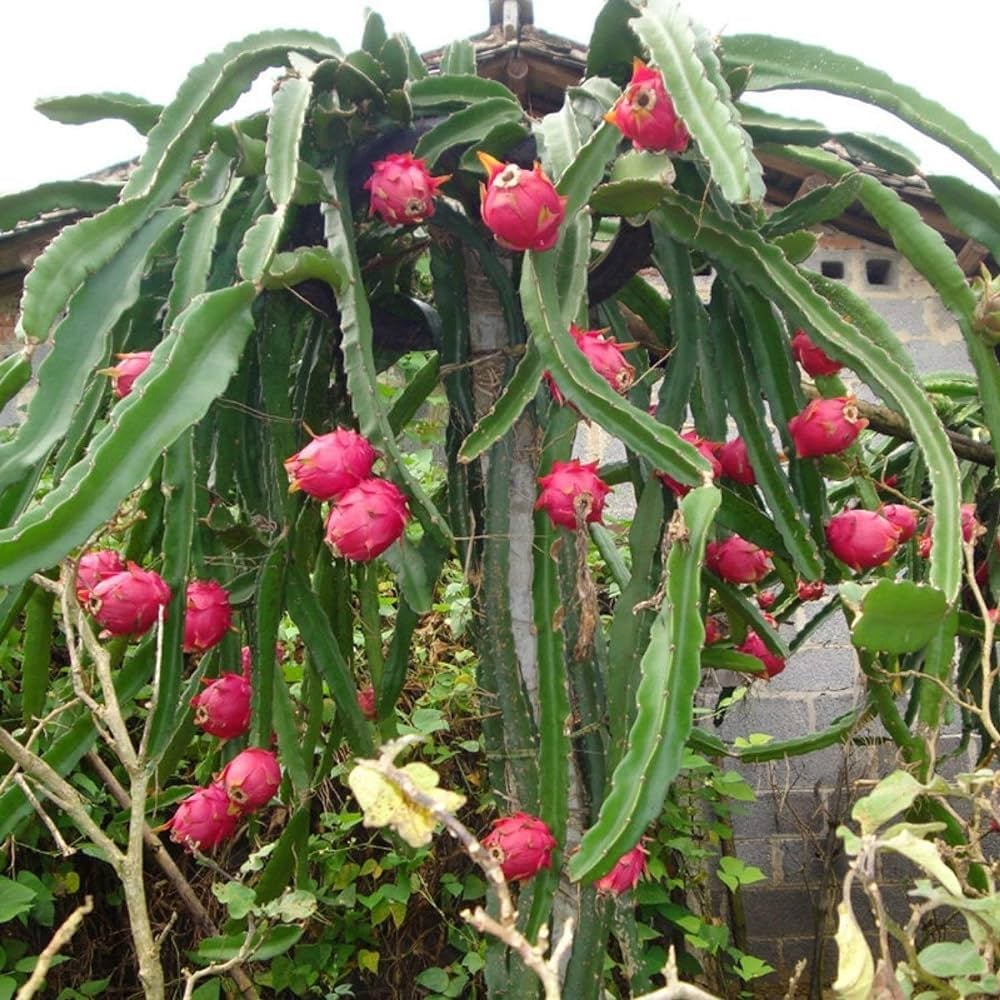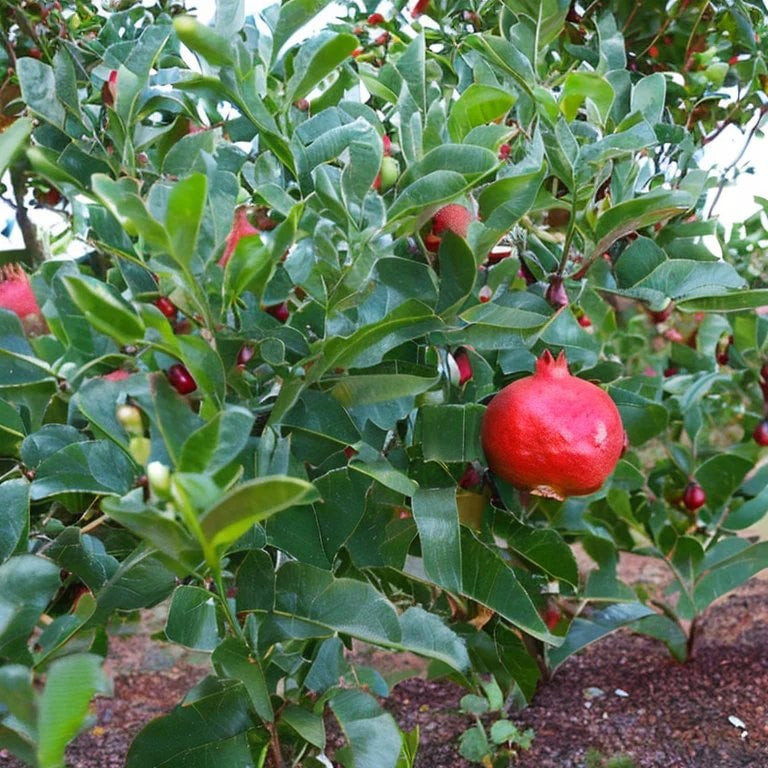
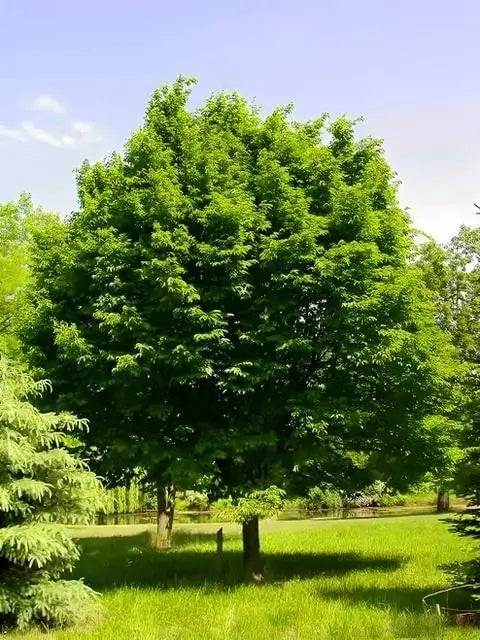
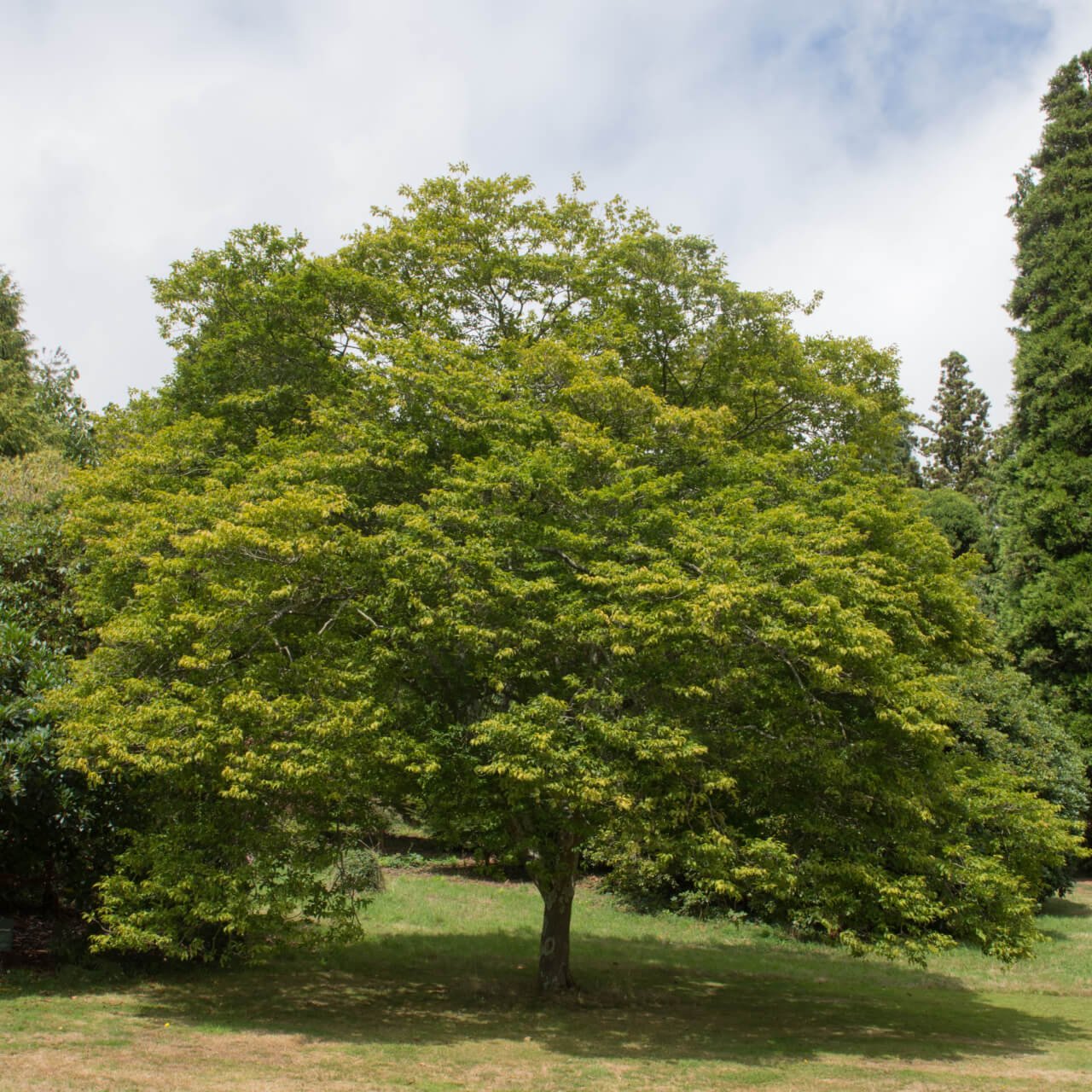

Hornbeam Tree
Excellent natural privacy screen
Provides stunning fall color
Tolerates urban pollution well
Thrives in
ZONE 3ZONE 4ZONE 5ZONE 6ZONE 7ZONE 8ZONE 9This plant ships:
Ships Week of May 5thHornbeam Tree - Carpinus Betulus
The hornbeam tree is a deciduous tree known for its distinctive serrated leaves, smooth gray bark, and small, winged nutlets. It is typically valued for its use in hedges and as an ornamental tree. It is versatile and elegant, offering numerous benefits in landscaping projects. With its distinctive appearance, adaptability, and various practical uses, the tree has become a favored choice for landscape designers and enthusiasts.
The tree is a birch that offers property owners a quality opportunity to reclaim or revitalize their land quickly and affordably. It can also be used as a quick and inexpensive way to get privacy from their neighbors in an eco-friendly manner.
Hornbeam Tree Is A Small Tree
It typically grows to about 30 feet in height and about 30 feet in diameter. Once mature, it has a rounded appearance that can be visually appealing and practical as a natural fence or privacy screen. It can produce yellow flowers and seeds within a small nut dispersed by the wind.
The Hornbeam Tree Tends to Grow Slowly
If you are interested in planting these trees on your property, you'll need to be patient as they tend to grow about a foot a year. Therefore, it can take several decades before they reach their full height. Of course, they only need to develop a few feet before being used as a privacy screen. It's also worth noting that the roots will start to grow as soon as the tree is planted, which means you'll immediately obtain the benefits of a robust root system.
There is no need to travel to see the foliage if you have many of these trees in your yard. Instead, all you'll need to do is look out your window to see a large canopy of leaves turning yellow, orange, or red during the late fall months.
The trees can live for about 150 years in the right environment. Absent pests or any stressors, it can easily survive for generations and provide a significant number of seeds that can lead to new trees to add to your property. In addition, they can attract wildlife that will add color and vibrance to your land.
Pruning is essential for the tree development. When pruning the tree, cut off all the damaged branches, along with those that cross each other. Try to sustain a balanced canopy so as to have healthy growth. You should also, frequently check on your trees for any signs of stress as well as disease.
They offer lovely shades in your compound and have beautiful foliage that makes them ornamental plants in your garden. Also, the trees act as windbreakers and provide privacy screens owing to their dense foliage.
These trees can be planted in an area that has proper drainage and receives full to partial sun exposure. Space trees appropriately to allow development and water them frequently during the first couple of years.
The trees possess beautiful shapes and showy leaves; they can be planted as the focus point or as tree-lined alleys. The trees allow you to be creative while incorporating them into your landscape.
Plant hornbeam trees with plants like flowering shrubs, perennials, or ground cover to add beauty to the garden. The texture and color contrasts for this garden design will bring out a great fit to be used for the garden design.
This Is How Your Plants Will Look upon Delivery

Height at Maturity
Over 25 Feet
Care
Hornbeam trees thrive in well-drained soil and benefit from regular watering, especially during dry periods. They should be pruned in late winter to preserve form and release dead or diseased branches. It is recommended that they be fertilized annually in early spring to encourage healthy growth.
Plant Reproduction
Hornbeam tree spreads via seeds and suckers, forming dense clusters
Plant bare root trees during the dormant season in early spring or late fall (November through April). Dig the hole twice as wide as the roots so the soil is well-drained. Position the tree so the root flare is at or just above ground level. Fill the hole back with the soil you dug from and water. Maintain soil moisture, especially in the tree's early years, by providing deep, regular watering. Apply a 2-4 inch mulch away from the trunk at the base to retain moisture and suppress weeds. Prune trees during the first few seasons to establish strength and resilience, remove damaged branches, and continue maintenance pruning as the tree matures. Regularly inspect for pests and diseases and apply integrated pest management practices. Protect young trees from mechanical damage and extreme temperatures with tree guards, and stake them if necessary for support, removing the stakes after one or two years.
Shipping date depends on the date displayed and chosen when you order from the product's page.
We only accept returns on plants verified dead. If you think your plants have died, we offer a 1 year warranty, please use this File a Claim Link to verify dead plants and start with return warranty process.





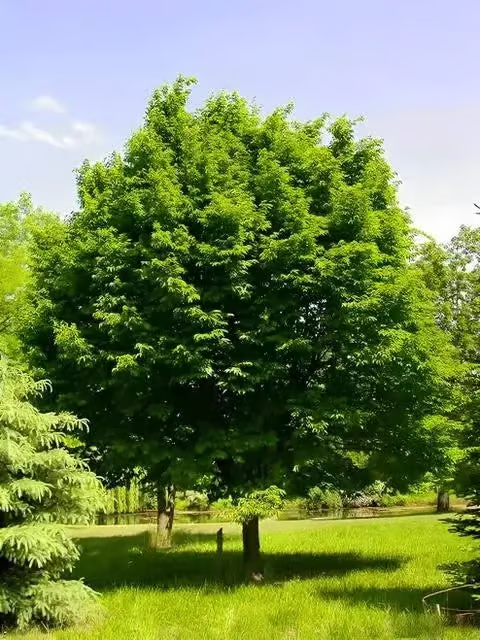
Adaptable Growth:
This tree thrives in a variety of soil types and conditions, making it a versatile choice for different garden settings.
Low Maintenance:
Hornbeam trees are relatively easy to care for and require minimal pruning, making them ideal for busy gardeners.
Dense Foliage:
Hornbeam trees feature a thick canopy that provides excellent privacy and shade throughout the year.
Elegant Shape:
With its distinctive, upright form and symmetrical branches, the Hornbeam adds a formal and refined touch to any landscape.
Caring Tips
How do I care for my Hornbeam Tree?
Each box contains detailed care instructions and information about your product. But here's the basics.
Care Tips
Hornbeam trees thrive in well-drained soil and benefit from regular watering, especially during dry periods. They should be pruned in late winter to preserve form and release dead or diseased branches. It is recommended that they be fertilized annually in early spring to encourage healthy growth.
Light Requirements
The Hornbeam tree grows best in full sun to partial shade. It can tolerate various light conditions but grows most vigorously and maintains its best form in complete sun, obtaining at least six hours of direct sunlight daily.
Hardy Planting Zones
3 • 4 • 5 • 6 • 7 • 8 • 9
Header
Use this content to share information about your store and products.
Frequently Asked Questions
How often should I water my plants?
How do I know if my plant is getting too much or too little sunlight?
What should I do to prepare my plants for winter?
What are the signs that my plant needs fertilizing?
How can I prevent pests from damaging my plants?
How do I choose the right plant for my climate zone?



